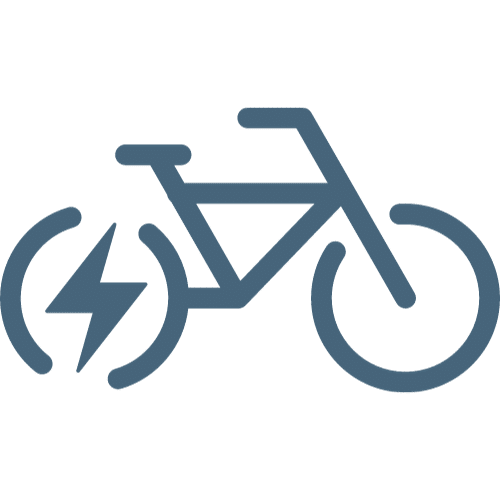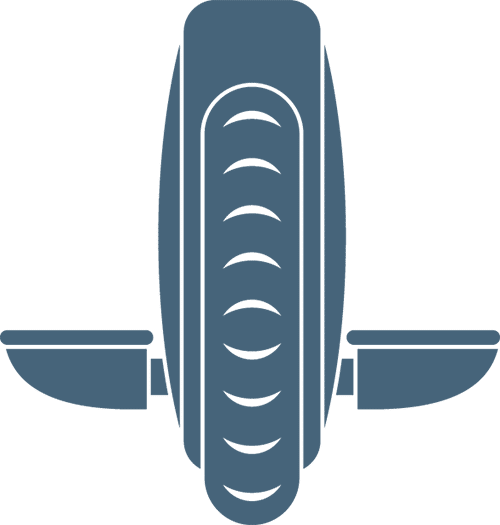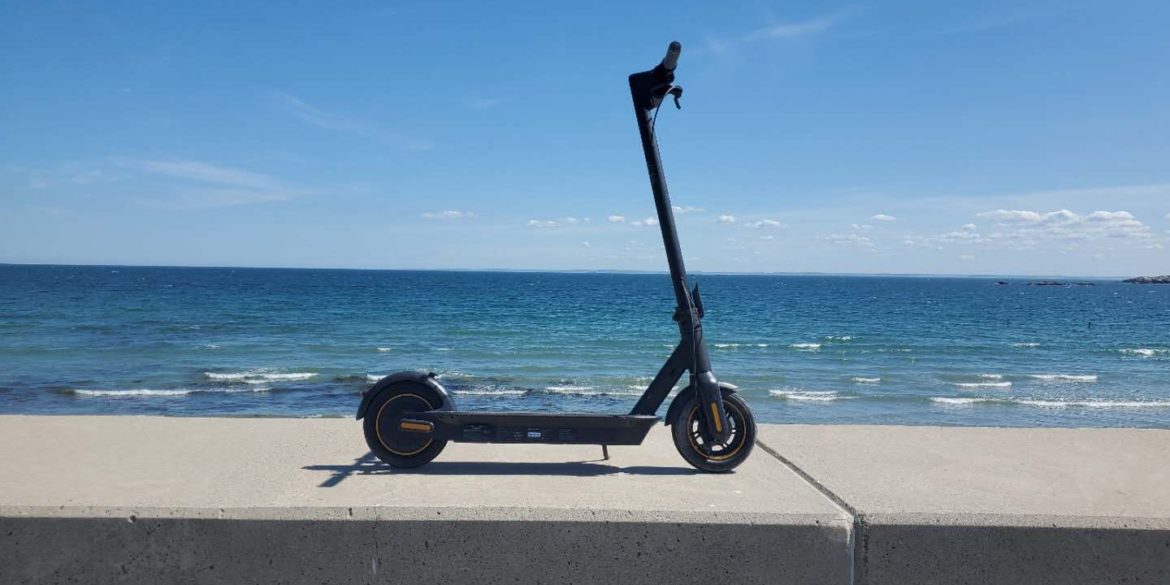As I emphasized in my Range Test of the Wolf King GT, it can be tricky to estimate remaining scooter range, especially if precise and dependable real-world range data is not available for that particular scooter. In reality, a majority of customers lack the necessary knowledge to accurately estimate range, leading them to depend on often exaggerated or fictitious manufacturer claims. Let’s delve deeper into the factors that influence the range of an electric scooter.
Primary Factors That Help Estimate Remaining Scooter Range
The two most significant factors that determine the range of an electric scooter are the battery size and the riding speed. If you have access to these two key figures, you can reasonably estimate the correct range within a margin of about 10-15%. Below, you’ll find a table that provides an estimate of the power needed to ride at different speeds, using my weight (140lbs) and the Wolf King GT’s weight (130lbs) as examples for testing. You can calculate the range by dividing the battery size (measured in Wh) by the power consumption at a specific speed.
For instance, if I were to ride a Wolf King GT with a 2520 Wh battery (72V x 35Ah) at a speed of 40mph, you can accurately estimate the range by dividing 2520 Wh by 59.6 Wh/mile, resulting in 42.28 miles. This estimate closely aligns with the 39.34 miles I achieved during my actual 40mph range test. The slight (7%) discrepancy can be attributed to the presence of slightly hilly terrain and occasional stops and starts during the test.
Speed | Power Consumption |
15 mph | 25.0 Wh/mile |
20 mph | 29.4 Wh/mile |
25 mph | 34.3 Wh/mile |
30 mph | 40.8 Wh/mile |
35 mph | 49.1 Wh/mile |
40 mph | 59.6 Wh/mile |
45 mph | 72.4 Wh/mile |
50 mph | 87.4 Wh/mile |
55 mph | 104.8 Wh/mile |
60 mph | 124.5 Wh/mile |
Additional Factors Influencing Range
Here are the primary additional factors that can impact the range, along with the approximate percentage reduction in range and the corresponding increase in power consumption.
- Very Hilly Terrain: -15% range
- Moderately Hilly Terrain: -5% range
- Strong Headwind: -10% range at speeds of 20-40mph, -20% range at speeds exceeding 40mph
- Moderate Headwind: -10% range
- Frequent Starts/Stops: -5% range
- Crouched Riding Stance: +10% range at speeds of 20-40mph, +20% range at speeds exceeding 40mph
- Light Scooter + Rider (combined weight of <200lbs): +5% range
- Heavy Scooter + Rider (combined weight of >300lbs): -5% range
- Off-Road/Knobby Tires: -5% range
- Lights on: -5% range
- Cold weather (<50° F): -10% range
- Very cold weather (<32° F): -20% range
Real-World Examples
How far can I ride under specific circumstances?
Suppose I weigh 170lbs, and my scooter is the Apollo City Pro (weighing 68 lbs with a 960 Wh battery) equipped with street tires. The weather is 65°F, with no headwind, and I plan to ride at night with my lights on. My route includes many stoplights and stop signs but lacks any hills. How far can I travel at a speed of 25mph?
Power consumption at 25mph: 34.3 Wh/mile.
Calculating the range: 960 Wh divided by 34.3 Wh/mile results in 27.98 miles.
Considering factors that affect the range, such as lights being on (-5% range) and frequent starts/stops (-5% range), we get 27.98 divided by 110% (or 1.1), equaling 25.44 miles.
The estimated range under these specific conditions is 25.44 miles.
How fast can I ride given a specific distance?
Imagine I need to get to the doctor’s office and back, exactly 41.6 miles in total. I weigh 240 lbs, and my scooter is the Dualtron Thunder 3 (weighing 112.9 lbs with a 2880 Wh battery). The weather is a chilly 36°F, and there are frequent stoplights and substantial hills along the route. If my aim is to make the round trip as quickly as possible without fully depleting the battery, what is the maximum speed I can maintain?
To calculate this, we’ll approach it a bit differently this time. We’ll begin with the battery size (2880 Wh) and incorporate the range-influencing factors to adjust our effective battery size, from which we’ll determine both the range and the achievable speed.
Factors affecting range: Heavy scooter + rider (-5% range), cold weather (-10% range), frequent starts/stops (-5% range), very hilly terrain (-15% range). By applying these factors, we derive an effective Wh of 2065 (2880 / 1.05 / 1.1 / 1.05 / 1.15). Think of it as needing 2065 Wh to maintain our speed throughout the ride, with the remaining 815 Wh allocated for uphill climbs, acceleration from stops, and combatting the cold weather.
Speed | Power Consumption |
15 mph | 25.0 Wh/mile |
20 mph | 29.4 Wh/mile |
25 mph | 34.3 Wh/mile |
30 mph | 40.8 Wh/mile |
35 mph | 49.1 Wh/mile |
40 mph | 59.6 Wh/mile |
45 mph | 72.4 Wh/mile |
50 mph | 87.4 Wh/mile |
55 mph | 104.8 Wh/mile |
60 mph | 124.5 Wh/mile |
Now, let’s use our table. Knowing our route spans precisely 41.6 miles, multiplying it by 49.1 Wh/mile indicates that riding this route at a speed of 35mph would consume 2043 Wh. With our 2065 effective Wh, we have some battery capacity to spare. However, if we multiply 41.6 miles by 59.6 Wh/mile (in order to ride at 40mph), we arrive at 2479 Wh, which exceeds our effective battery size. Therefore, we can reasonably assume that riding the route at a speed of 35-36 mph would deplete the battery entirely.
Scooter Comparison Tool
Use our Freshly Charged Scooter Comparison Tool to evaluate more than 500 other scooters. Compare and organize scooters by factors such as price, top speed, battery size, weight, water-resistance rating, and more!







